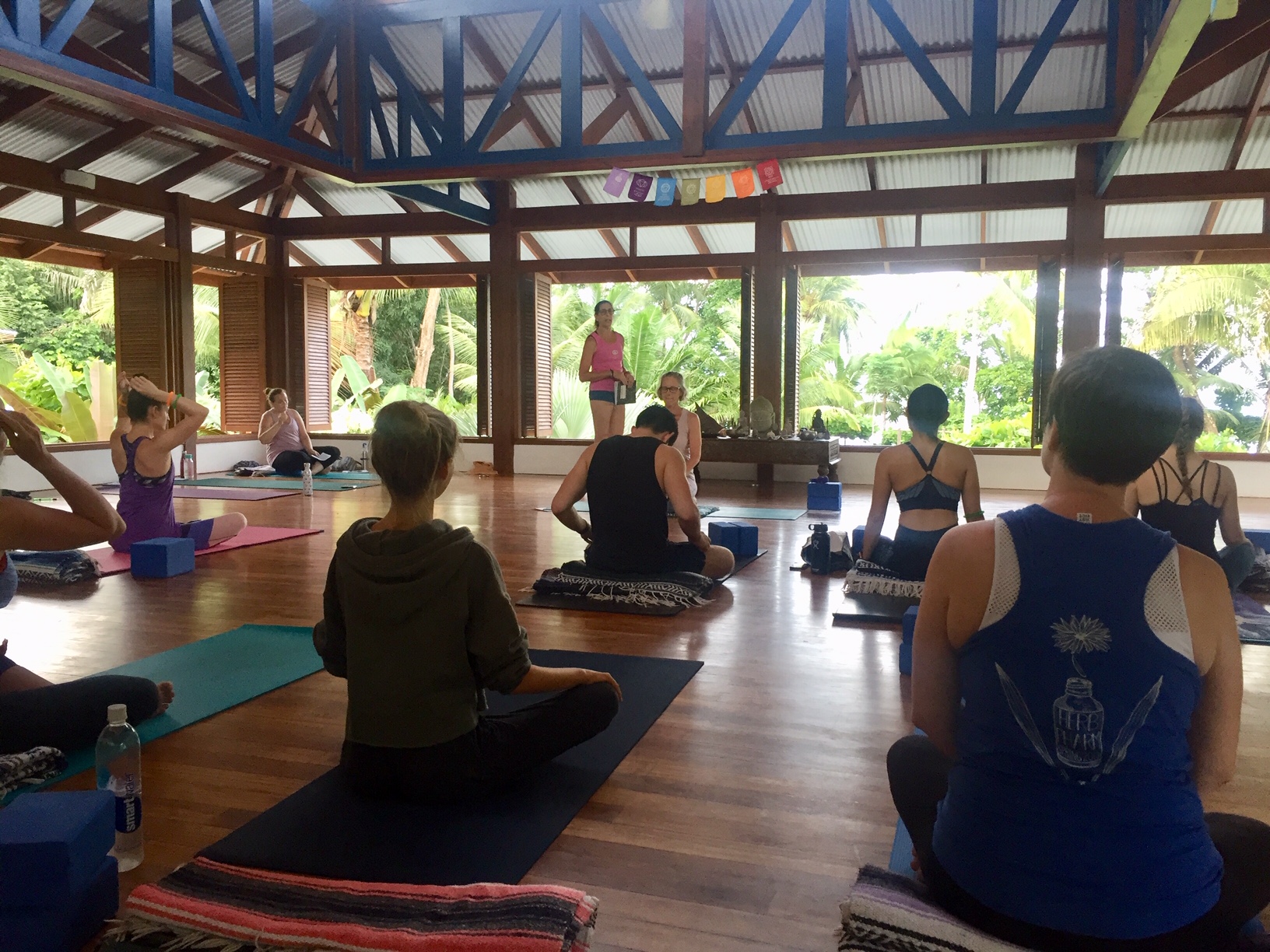A Dolphin Sanctuary for the Osa Peninsula
The waters off the coast of the Osa Peninsula offer a biologically diverse ecosystem and are home to a huge variety of marine wildlife. A special ecosystem exists in the waters along the Osa due to the ‘Costa Rican Thermal Convection Dome’ which creates warm water on top of low-oxygen cold water. This is the perfect ecosystem for a variety of marine life and attracts many species including 4 of the 8 species of sea turtles that exist, more than twenty-five species of dolphin and whales, tuna, marlin, manta rays sailfish and more.

Despite this unique ecosystem and the rich biodiversity found on the Osa Peninsula, the area has remained almost entirely unprotected, with the exception of small areas around the national parks.
Drake Bay resident Sierra Goodman could not be happier about the progress that has been made towards protecting a large area of coastline and ocean waters along the Osa. Ms Goodman moved to the Osa about twenty years ago to offer dolphin and whale tours in the picturesque Drake Bay. Originally from California she moved to Florida initially, but Costa Rica had always called to her. She has come to love the area she now calls home and says that the abundance of wildlife, particularly dolphin and whales, has been more than she ever dreamed possible.

The waters in the Pacific off the coast of the Osa are in fact the only place in the world where humpback whales come from both hemispheres to have their babies and breed. On top of that, humpbacks have been sighted in every month of the year, giving the Osa the longest season of humpbacks in the world.
With all this beauty and diversity Ms Goodman was understandably deeply saddened to observe this paradise being destroyed by commercial fishing. In particular she mentions the problems of long lining, shrimping, gill netting and tuna fishing.
Long lines are spread out often for miles and baited every few feet with a hook and a piece of fish. The sea turtles, sharks, manta rays, billfish and many other marine life will bite the bait and get hooked on the line. If the line is too far below for the turtles to reach the surface they will drown. The ones who don’t drown and are hooked on the long line at the surface are often cut open by the fishermen to look for sea turtle eggs or otherwise killed in the process. The long lines are also harmful to dolphins and whales that cannot see them and get severely cut by the lines and hooks, or worse, entangled in them and drown. Meanwhile the shrimp boats drag their nets along the ocean floor virtually killing and “clear cutting” everything in their path, which often includes sea turtles, rays, eels, coral, plant life and thousands of small fish.

This is unsurprisingly wreaking havoc on the delicate and biologically diverse Osa and its’ marine inhabitants. An example of this is a recent study which showed that in the last four years the population of the Olive Ridley Sea Turtle has decreased an alarming 79%.
Ms Goodman says she knew action had to be taken to protect this marine wonderland that she knew, and so worked alongside others such as Mario A. Boza to create a proposal to protect the area. Gerardo Palacios Martínez and his Tropical Science Centre provided important studies and financing to support the proposal.
The proposal received support from many environmentalists, locals and organisations including the Sindicato de Trabajadores del Ministerio de Ambiente y Energía, Preserve Planet and Pretoma.

Initially aiming to have the area declared a MPA (marine protected area), it was decided that creating a marine reserve was more appropriate. Where an MPA restricts human activity generally, a marine reserve specifically protects against fishing.
Excitingly this proposal is now well and truly underway with Edgardo Araya Sibaja of Frente Amplio sponsoring a bill. Bill No. 20.333 is currently being presented to the legislature. The bill proposes a marine reserve be created and named after Álvaro Ugalde, long time director of the National Parks who sadly passed away in 2015.
If declared a marine reserve some recreational fishing still be allowed, however it will put an end to the unrestricted commercial fishing currently ravaging the waters.

The proposed marine reserve stretches from the mouth of the Río Barú in the south to the northern tip of the Osa peninsula, covering the ocean between five to 20 miles out to sea from the coastline. This covers many of the Osa Peninsula’s famously pristine Pacific beaches including areas where sea turtles nest as well as waters that humpback whales and dolphin travel in.
It is hoped the bill will pass as Costa Rica has already has subscribed to an international agreement in which it agreed to set aside a percentage of ocean for this purpose.
You can find out more about the dolphin and whale tours offered by Ms Goodman here.





